Determining the Condition of Northern Everglades Tree Islands
Authors
P.L. Pannozzo; L.A. Brandt; K.G. Rice; F.J. Mazzotti
Background
Arthur R. Marshall Loxahatchee National Wildlife Refuge, Palm Beach County, Florida, is the northern remnant of the historic Florida Everglades ridge and slough. The Refuge is managed by the U.S. Fish and Wildlife Service to conserve fish and wildlife.
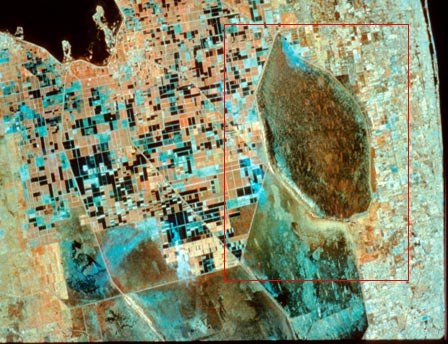
Tree islands are an important component of the Refuge landscape. The only terrestrial habitat in the marsh, wildlife depend on tree islands for nesting, food sources, and cover.
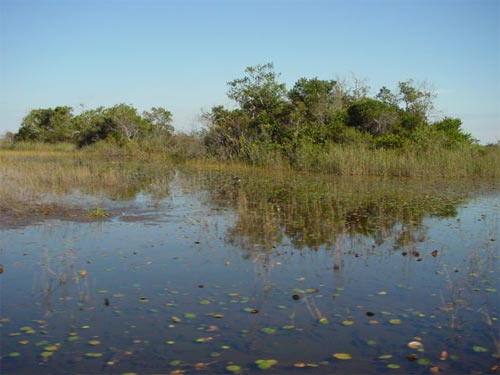
Significant losses of tree islands have occurred due to changes in Everglades hydrology. Today, one of the functions of the Refuge is to provide water supply for South Florida. Canals impound the Refuge and water levels are artificially controlled. Tree islands in the southern part of the Refuge experience flooding, while tree islands in the north experience increased drainage.
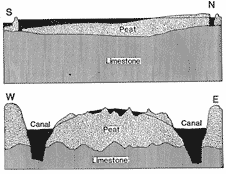
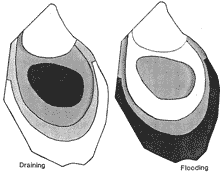
Figures from Pope (1992)
Refuge tree islands are also threatened by exotic species such as lygodium, Melaleuca, and lobate lac scale.
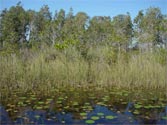 |
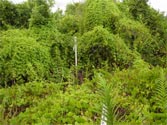 |
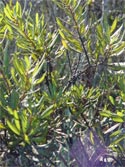 |
To sustain tree islands in the Refuge, managers need to understand current tree island condition and be able to assess the impact of management practices on tree island viability.
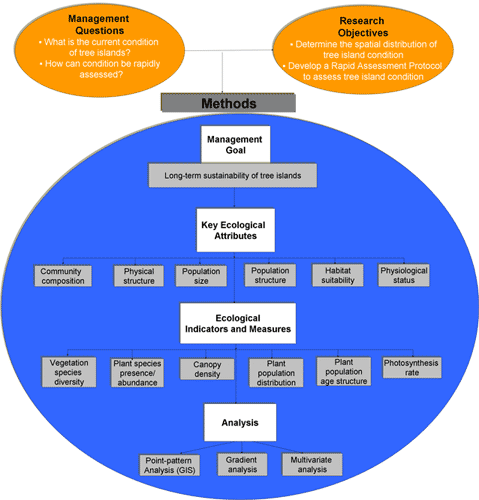
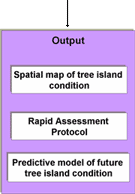
Significance of Results
Provide scientific information critical for informed decision-making regarding Refuge water and habitat management, and for Everglades restoration decision-making under the Comprehensive Everglades Restoration Plan (CERP)
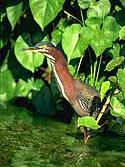 |
 |
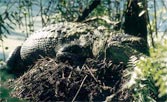 |
||
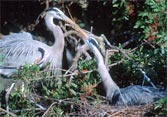 |
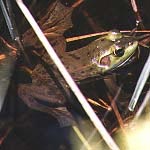 |
|||
Citation
Pannozzo, P.L., L.A. Brandt, K.G. Rice and F.J. Mazzotti. (2004, December). Determining the Condition of Northern Everglades Tree Islands. Poster presented at the National Conference on Ecosystem Restoration, Orlando, Florida.




